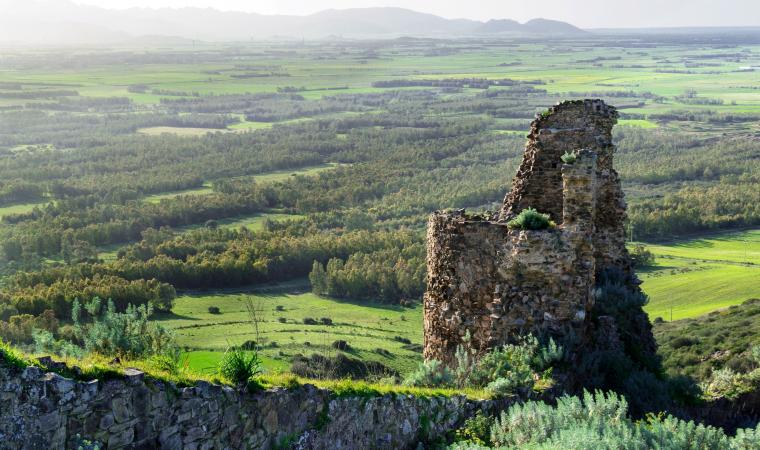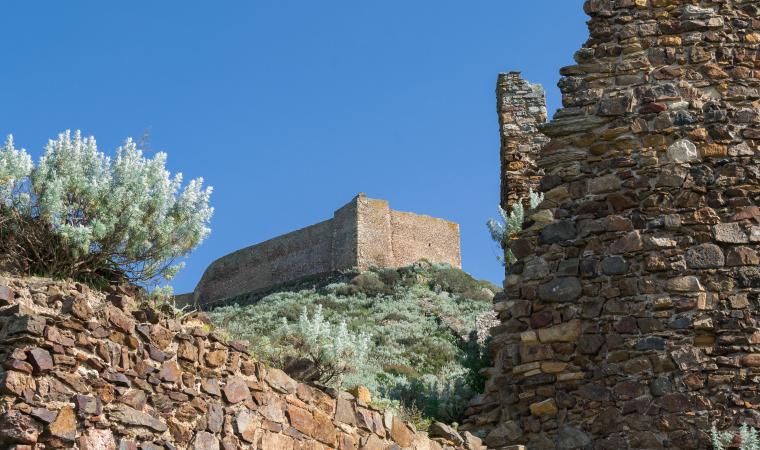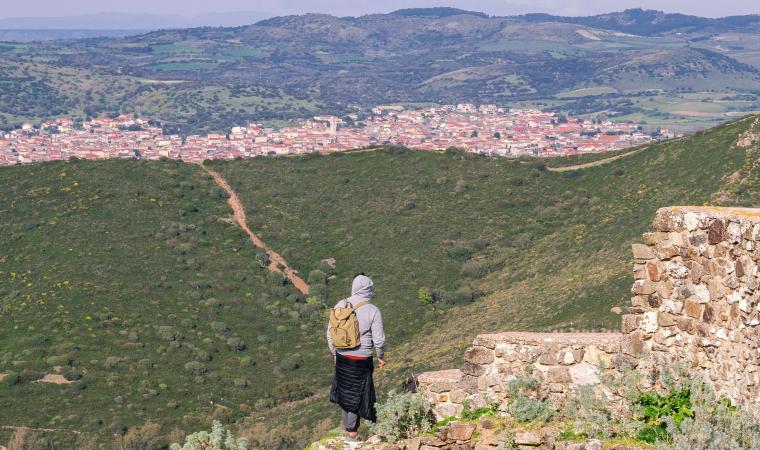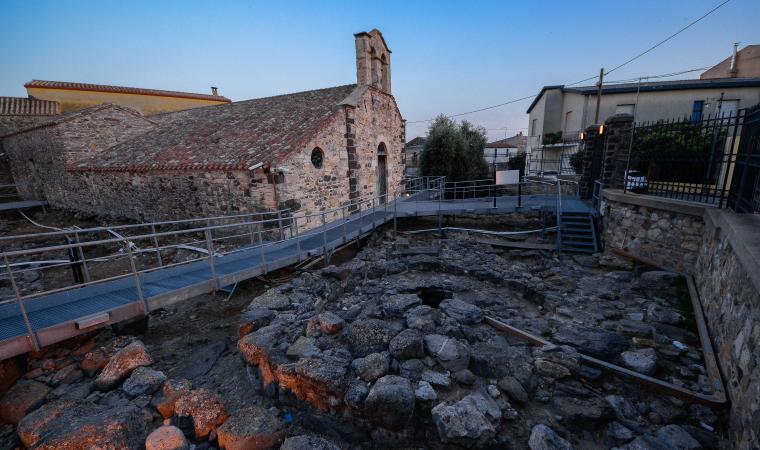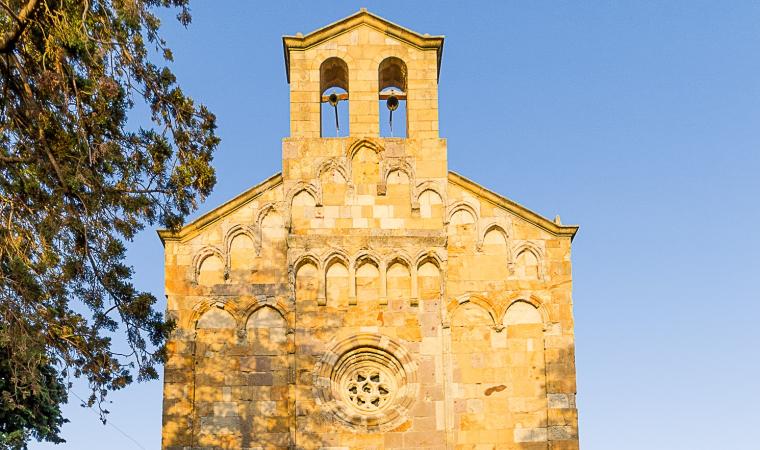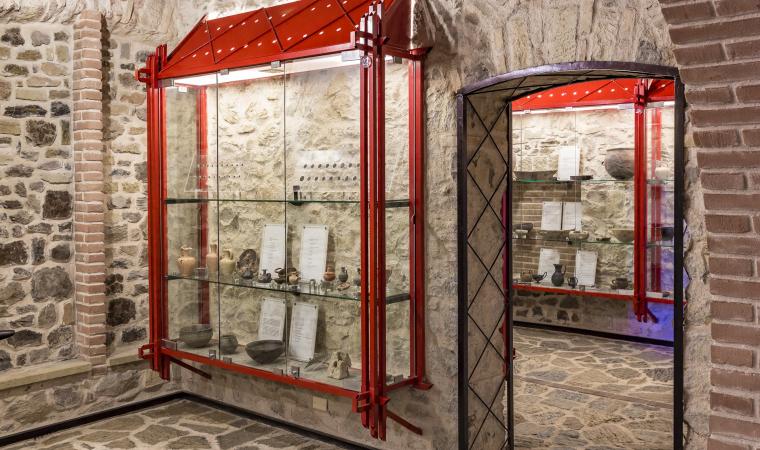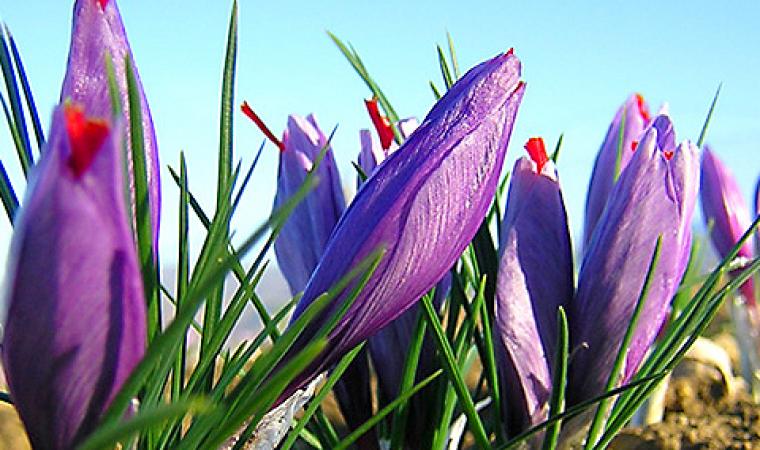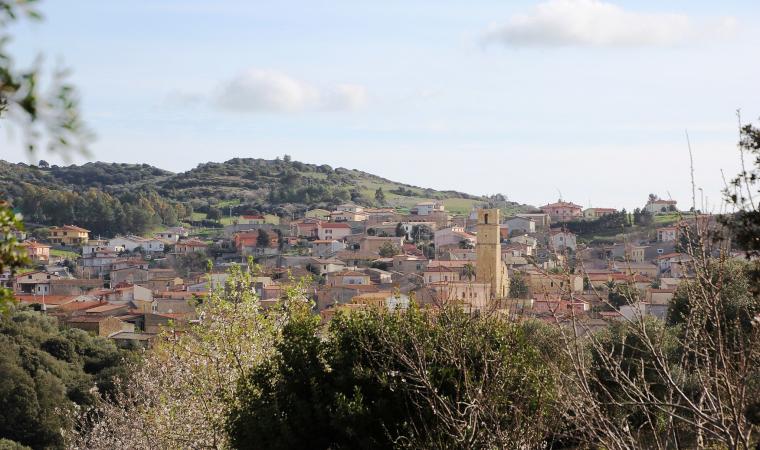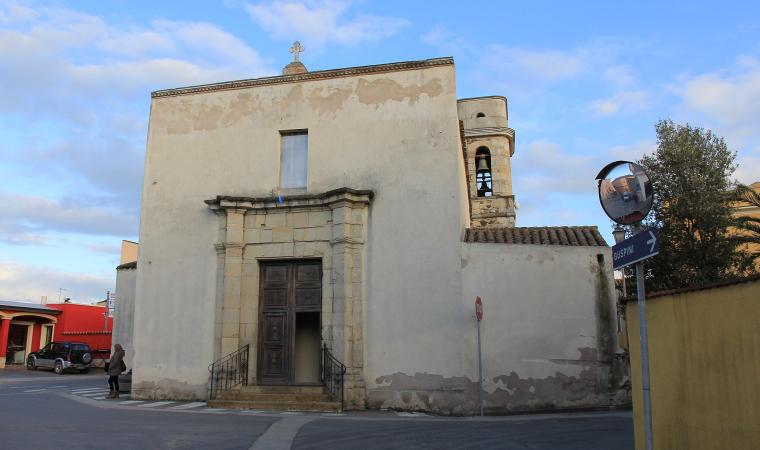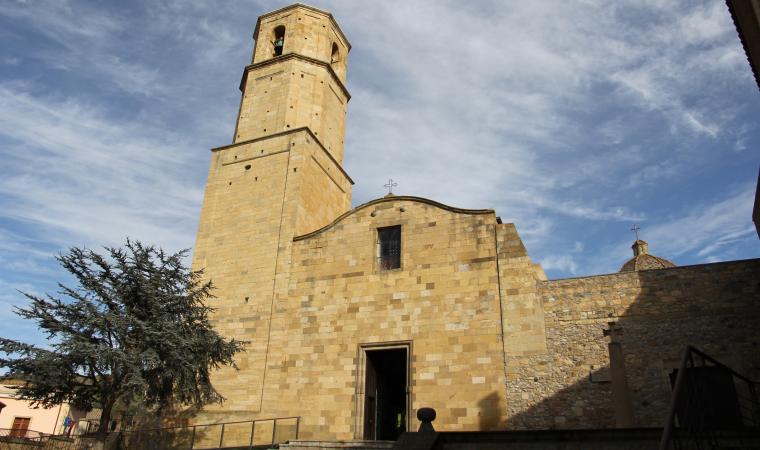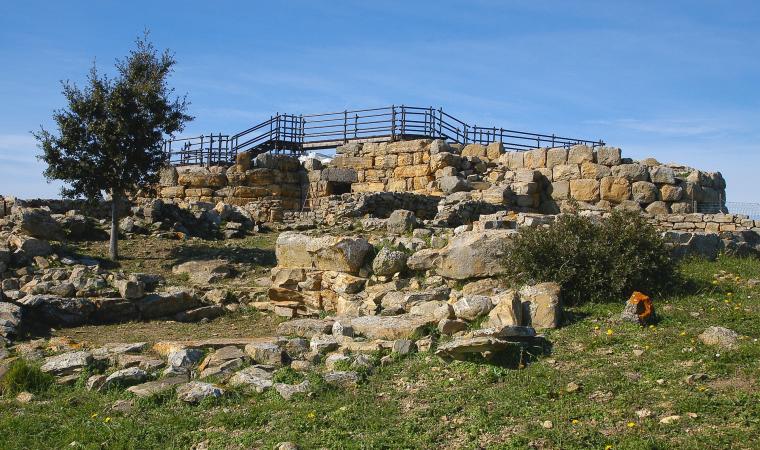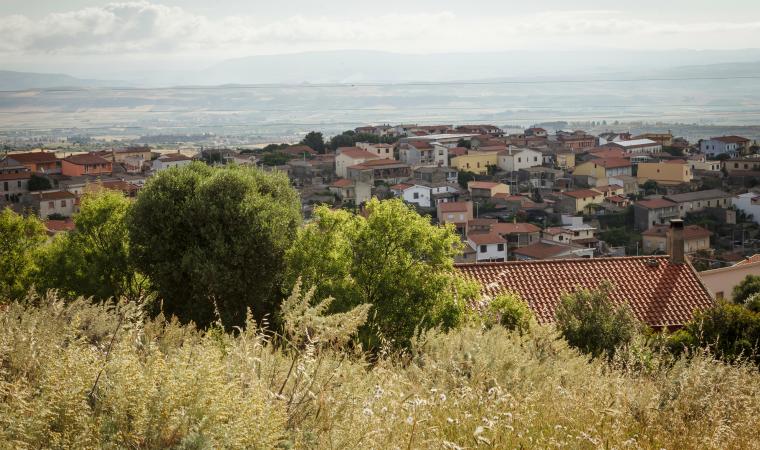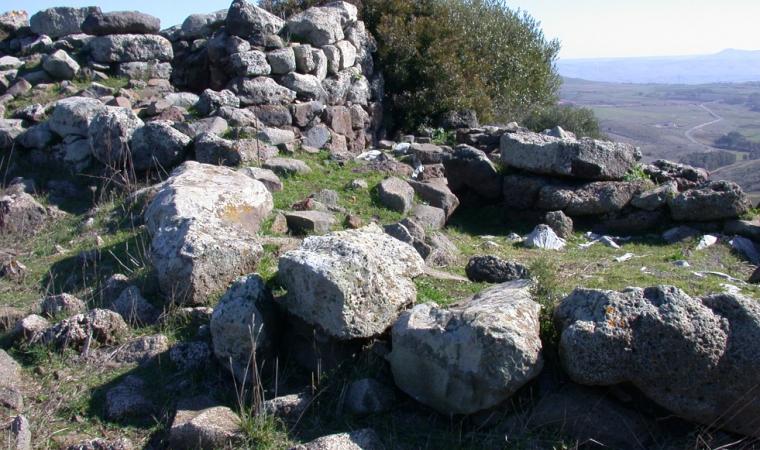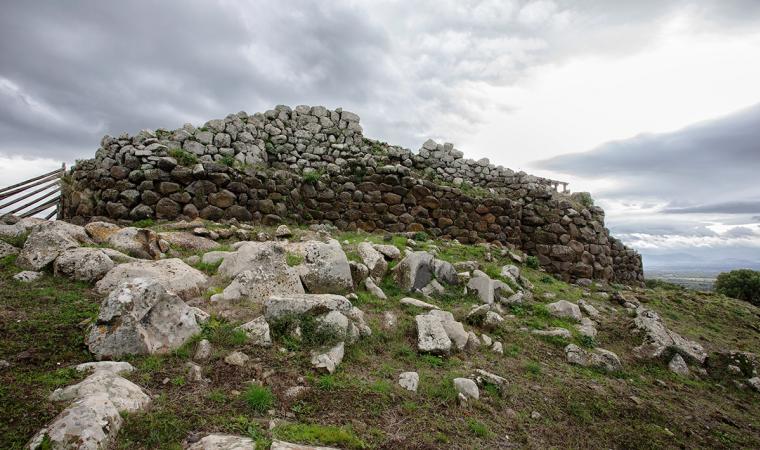Today, as in the Middle Ages, its majestic appearance instils feelings of strength and respect. The mighty walls of the castle of Monreale still stand on top of a hill a few kilometres from Sardara and the 131 state road: an easy path leads up to the manor, from where the view encompasses the whole Campidano as far as the Golfo degli Angeli ('Gulf of Angels'). With many different owners and fought over by the Aragonese and Catalans, it was inextricably linked to the destiny of the judges of Arborea: together with the castle of Marmilla (Las Plassas) and that of Mount Arcuentu (Arbus), it formed the southern defensive line of the judicature. Built to control the roads linking the south and north of the island, as well as a military fortress, it was also a royal residence. Many documents confirm this: in 1324 Teresa d'Entença, wife of the Infante Alfonso of Aragon, stayed here, and in the following decades its most illustrious 'tenants' were Mariano IV and Eleonora. At the time, the castle was at the height of its splendour and the Arborense 'court' spent periods of rest and recuperation there, given its proximity to the ancient baths of Santa Maria Aquas.
The castle would have been built on pre-existing nuragic structures between the end of the Byzantine period and the beginning of the Judicial period (9th-10th century) or, more likely, during the 13th century, based on a project - it is assumed - by the architect Giovanni Capula, the same as the Elefante and San Pancrazio towers. Its first official record, however, is in a document from 1309, cited as a donation from the King of Aragon to the Sovereigns of Arborea. Throughout the 14th century, the fortress was a war site, as well as a prison, a place of executions and, above all, a refuge for the last Arborense judge, William III of Narbonne, after the defeat at sa Battalla of Sanluri in 1409. Three years later it passed to the Counts of Quirra, permanently if not for a short interval (1470-78) when it was reconquered by Leonardo Alagon, heir of the Arborea. It then became a prison until the 17th century and finally fell into disuse.
The fortified complex covers about five hectares: the ruins of the walls connect eight imposing square and circular towers (unusual among Sardinian castles). In the middle, on the higher of the two hills, at an altitude of 280 metres, stands the keep, whose walls, up to ten metres high and two metres thick, are almost intact, made of various stones, without windows or arrowslits. Inside you will see paving stones and walls of the ground floor rooms, which overlook the parade ground and courtyards on three sides. The upper floors, of which there were originally three, were accessed by two flights of stairs. On the fourth side you will notice underground, barrel-vaulted cisterns and silos for foodstuffs, connected to a kitchen. The dungeons of the keep ensured supplies of water and food in the event of sieges or periods of drought and were the inspiration for legends. In particular, the legend of the treasure of the castellan of Mons regalis, an evil and arrogant man, who was therefore detested. Aware of the hatred, for fear of ambush, he remained barricaded in the manor, protected by fierce servants. Sometimes he went to Oristano but used a very long tunnel built in secret. Under the ruins, that tunnel still exists and conceals a treasure locked in a barrel. No one is looking for it though, because next to the barrel there is another identical one full of muscas maceddas, monstrous insects with a sharp sting and a deadly bite.
Like any stronghold, Monreale included the keep at the top and the village in the valley, the ruins of which were brought to light in excavation campaigns between 1987 and 2011, while the finds are kept in the Villa Abbas museum. Outside the walls, the maquis hides the last traces of the Gothic church of Saint Michael the Archangel, prince of the Celestial Militia, which inspired the Arborense soldiers. The sanctuary once held a statue of the Madonna, which is still carried in procession at the end of September during sa festa manna.




